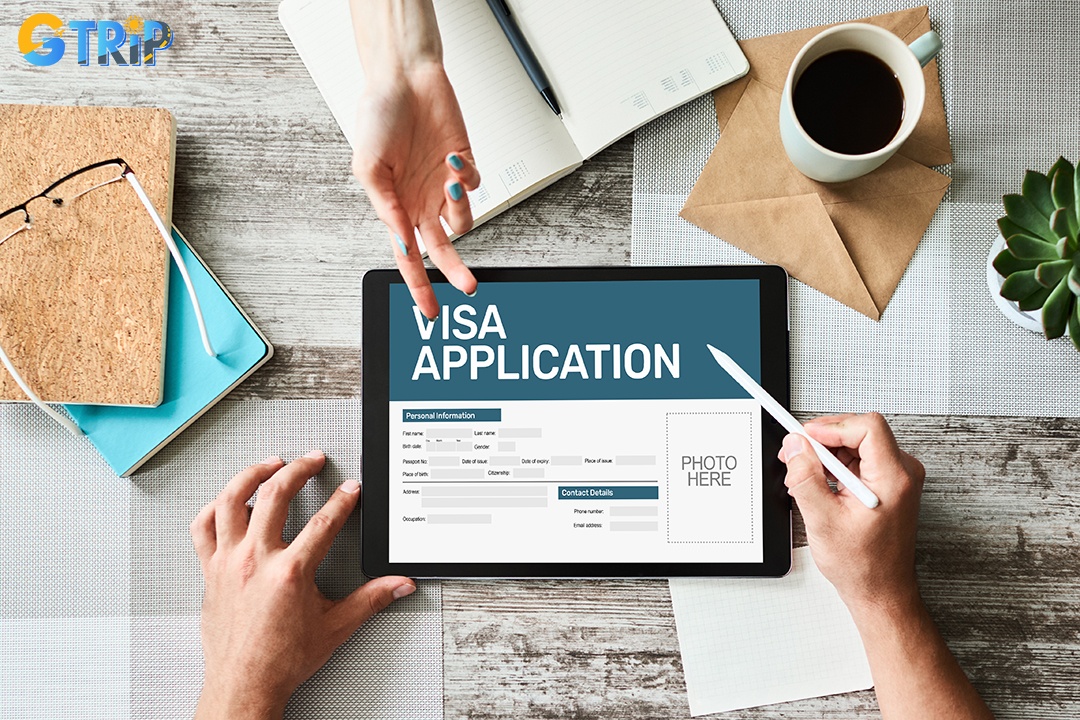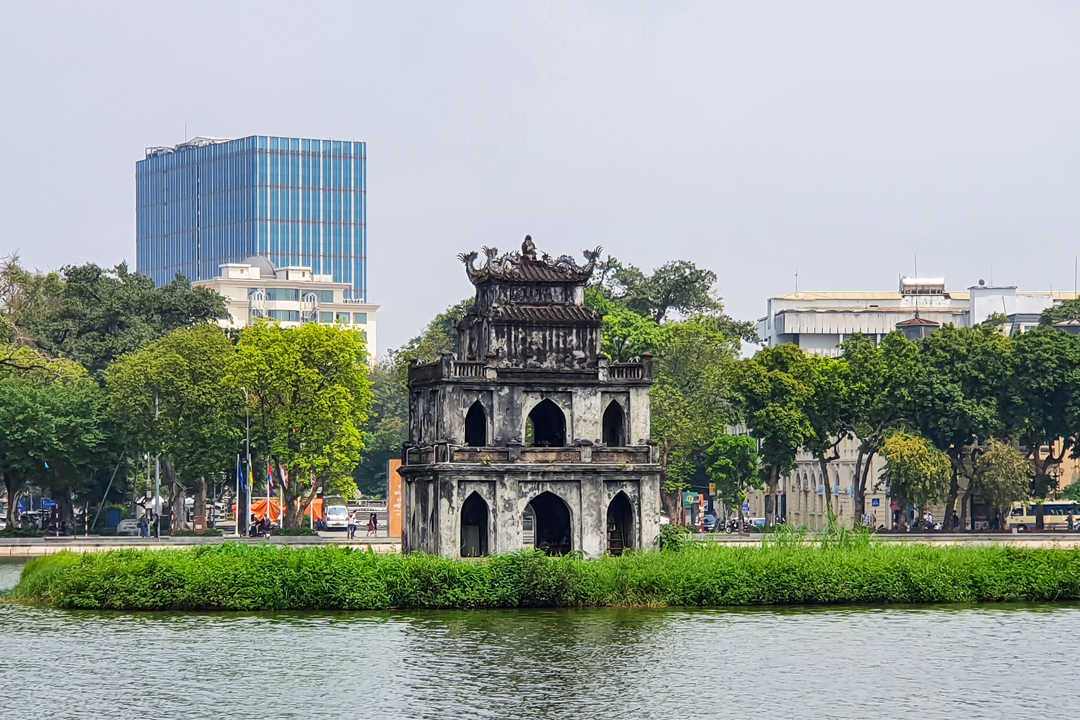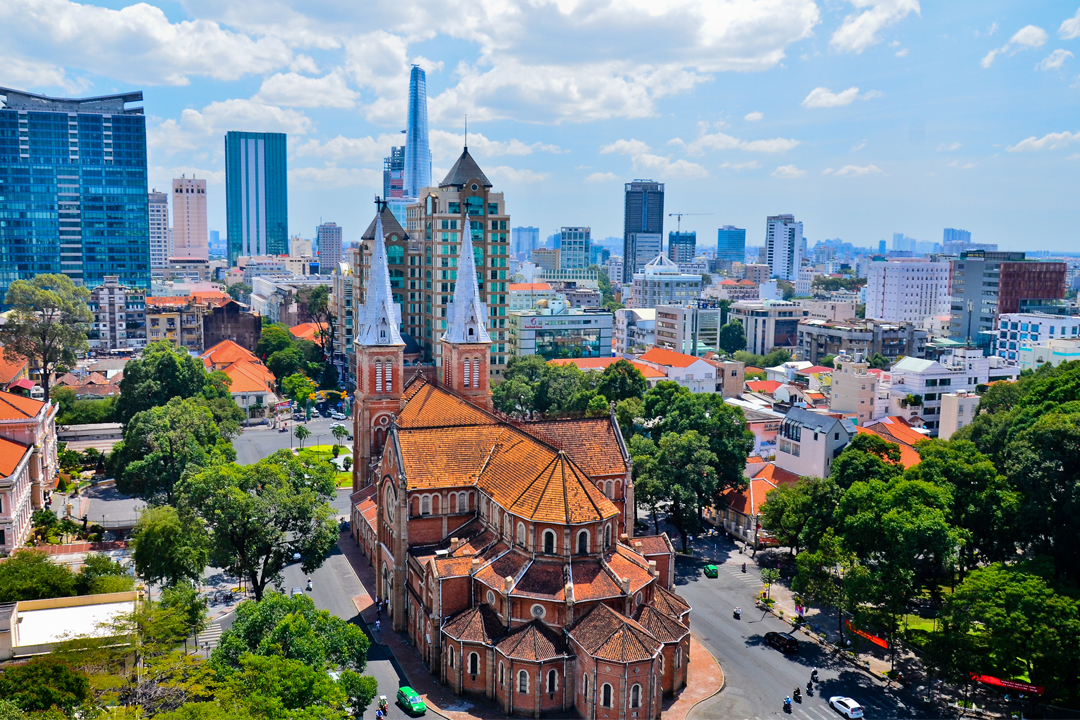May - 09 - 2023
Foreigners who want to visit Vietnam need to apply for a visa except those from visa exemption countries. They can apply for a Vietnam visa through the embassy or electronic visa (evisa) through electronic devices.
Vietnam visa - The offline method to get a visa
Foreigners can apply for a Vietnam visa through the embassy or consulate.
Reasons for applying for a Vietnam visa
Foreign nationals can apply for a Vietnam visa at the embassy for a variety of reasons, including travel, attending seminars and conferences, conducting market research, investing, working, engaging in press activities, and studying.
Foreign nationals can apply for a Vietnam visa at the embassy for a variety of reasons
How to apply for a Vietnam visa at the embassy
Step 1: Foreigners should get in touch with the inviter or guaranty agency in Vietnam and supply the relevant details (such as a passport scan, expected length of stay, number of entries, and whether they will be acquiring a visa at the port of entry or through a representative agency) to apply for Vietnam visa.
Step 2: Inviter or guaranty agency in Vietnam completes the visa application and submits it to the Immigration Department.
Step 3: The Immigration Department will notify the inviter or guaranty agency of the visa result, and will also notify Vietnam's Overseas Representative Agency or International Border Gate Management Agency, which issues the Vietnam visa to the visitor.
Step 4: Foreigners show the necessary paperwork (a declaration, a passport or other travel document, and fees) at Vietnam's Overseas Representative Agency or International Border Gate Management Agency in order to obtain visas.
 Apply for a Vietnam visa at the embassy
Apply for a Vietnam visa at the embassy
Vietnam evisa - A faster way to get Vietnam Visa
Vietnam evisa was formally introduced in February 2017 and has drawn the attention of thousands of foreigners who wish to enter Vietnam.
Vietnam evisa duration
Vietnam evisa is one of the visa types issued to foreigners by the Vietnamese Immigration Department via an electronic system. Vietnam evisa is valid for a maximum of 30 days with a single entry.

Vietnam evisa is valid for a maximum of 30 days with a single entry.
Who can apply for a Vietnam evisa?
Currently, citizens from 80 countries can apply for Vietnam evisa: Andorra, Argentina, Armenia, Australia, Austria, Azerbaijan, Belarus, Belgium, Bosnia and Herzegovina, Brazil, Brunei Darussalam, Bulgaria, Canada, Chile, China (including Hong Kong SAR and Macau SAR passport holders, not apply to Chinese e- passport holders), Colombia, Croatia, Cuba, Cyprus, Czech Republic, Denmark, Estonia, Fiji, Finland, France, Georgia, Germany, Greece, Hungary, Iceland, India, Ireland, Italy, Japan, Kazakhstan, Korea, Latvia, Liechtenstein, Lithuania, Luxembourg, Macedonia, Malta, Marshall Islands, Mexico, Micronesia, Moldova, Monaco, Mongolia, Montenegro, Myanmar, Nauru, Netherlands, New Zealand, Norway, Palau, Panama, Papua New Guinea, Peru, Philippines, Poland, Portugal, Qatar, Romania, Russia, Salomon Islands, San Marino, Serbia, Slovakia, Slovenia, Spain, Sweden, Switzerland, Timor Leste, United Arab Emirates, United Kingdom of Great Britain and Northern Ireland, United States of America, Uruguay, Vanuatu, Venezuela, and Western Samoa.

Citizens from 80 countries can apply for Vietnam evisa
Vietnam evisa requirements
In order to get a Vietnam evisa, you need to ensure the following requirements:
- You have a passport valid for at least 06 months from the expected date of entering Vietnam.
- You have a credit/debit card to make payments online.
- You have a scan of your passport page and photo that meet the requirements.
List of ports allowing foreigners to enter and exit with Vietnam evisa
Foreigners with Vietnam eVisa can enter and exit through 8 airports, 16 land borders, and 9 seaports.
8 Airports:
- Cat Bi International Airport
- Cam Ranh International Airport
- Can Tho International Airport
- Danang International airport
- Noi Bai International Airport
- Tan Son Nhat International Airport
- Phu Bai International Airport
- Phu Quoc International Airport
16 Land borders:
- Bo Y Land Border
- Cha Lo Land Border
- Cau Treo Land Border
- Huu Nghi Land Border
- Ha Tien Land Border
- Lao Bao Land Border
- Lao Cai Land Border
- La Lay Land Border
- Mong Cai Land Border
- Nam Can Land Border
- Na Meo Land Border
- Song Tien Land Border
- Tinh Bien Land Border
- Tay Trang Land Border
- Xa Mat Land Border
- Moc Bai Land Border
9 Seaport:
- Chan May Seaport
- Da Nang Port
- Duong Dong Port
- Hon Gai Seaport
- Hai Phong Seaport
- Nha Trang Seaport
- Quy Nhon Seaport
- Ho Chi Minh City Seaport
- Vung Tau Seaport

Foreigners with Vietnam eVisa can enter and exit through 8 airports, 16 land borders, and 9 seaports.
Here are all the basic details about Vietnam visa and Vietnam evisa. They do not take a lot of time and are quite simple to do. On your next journey to Vietnam, we wish you the very best of luck.











